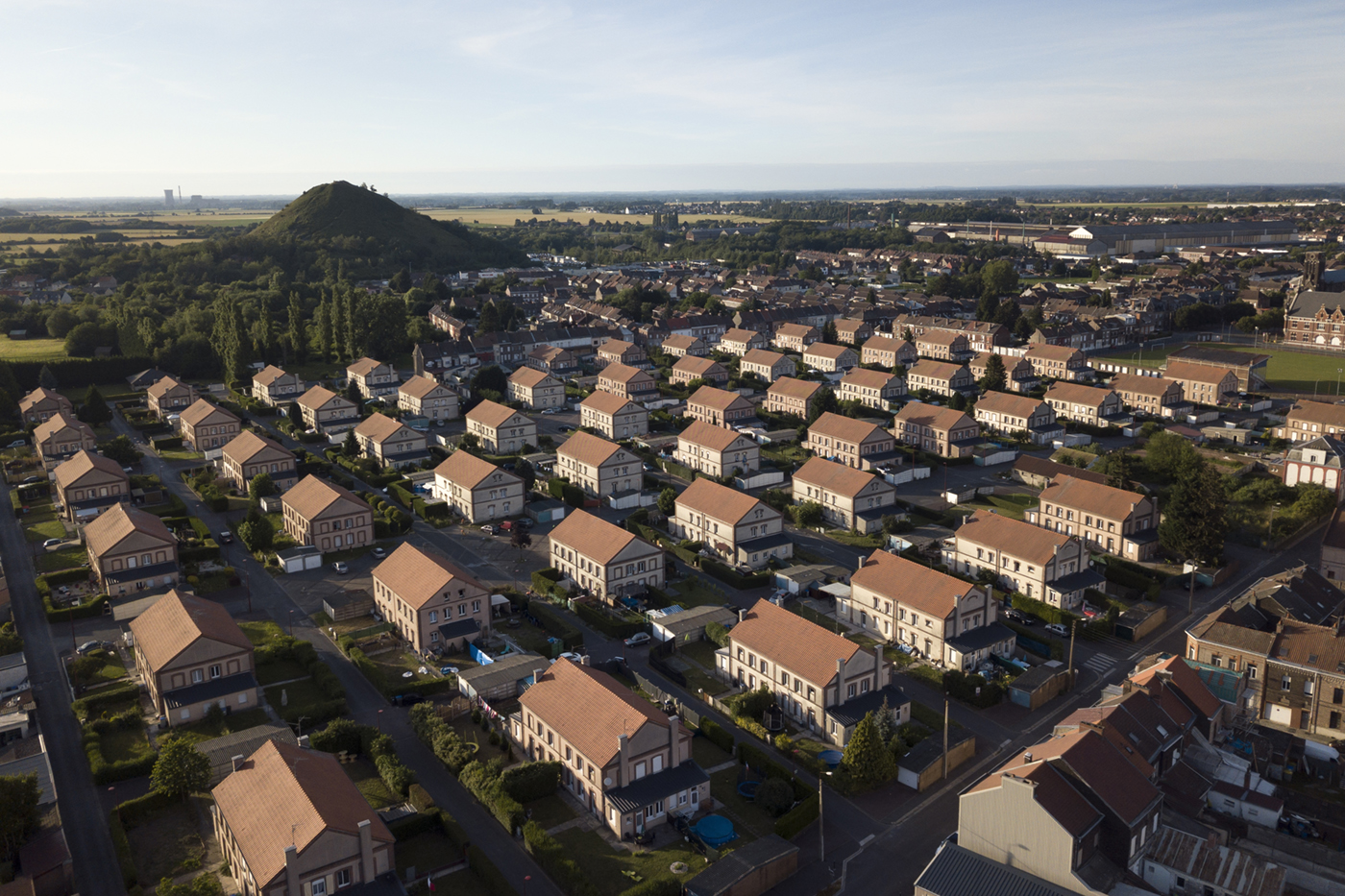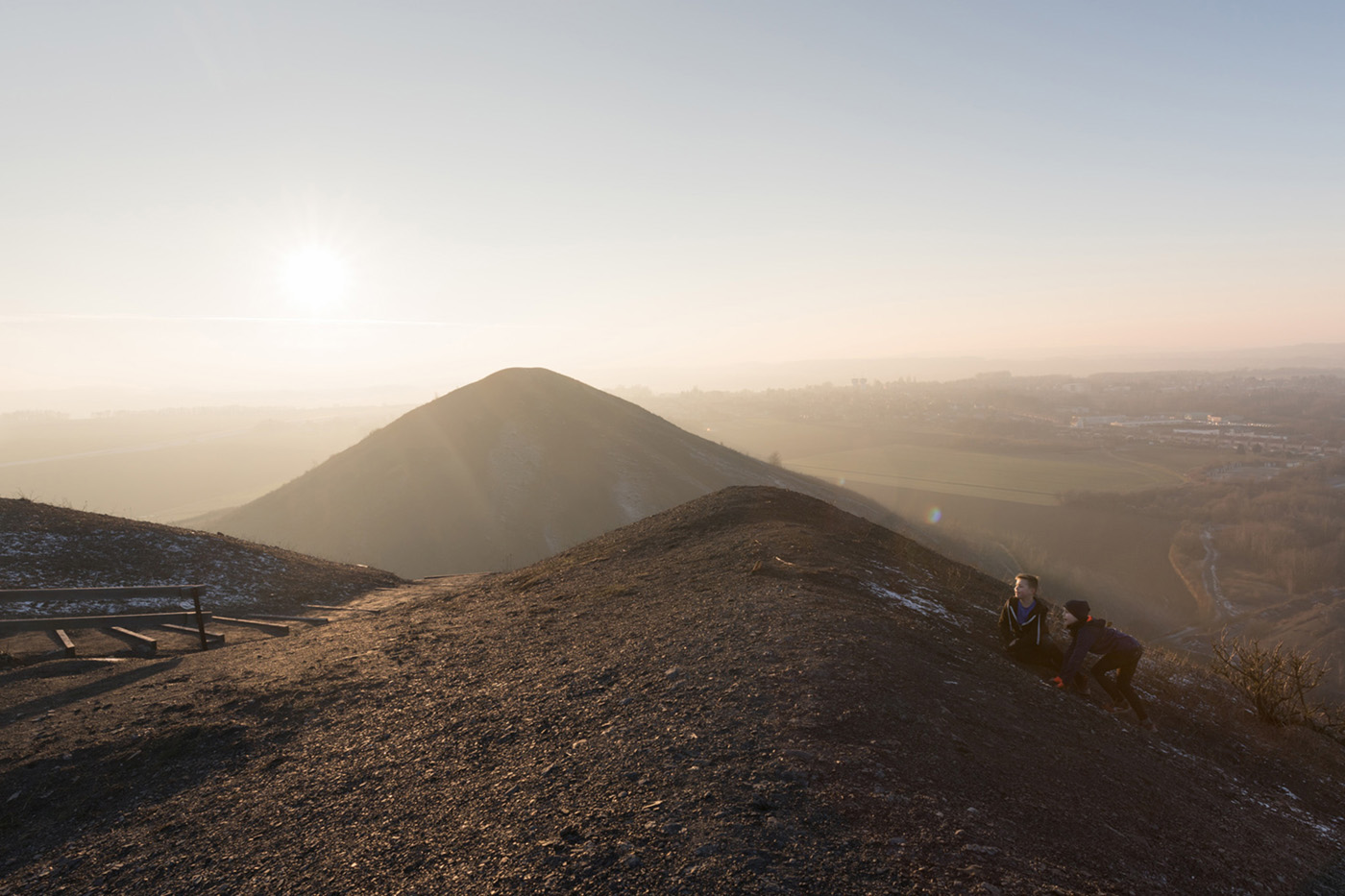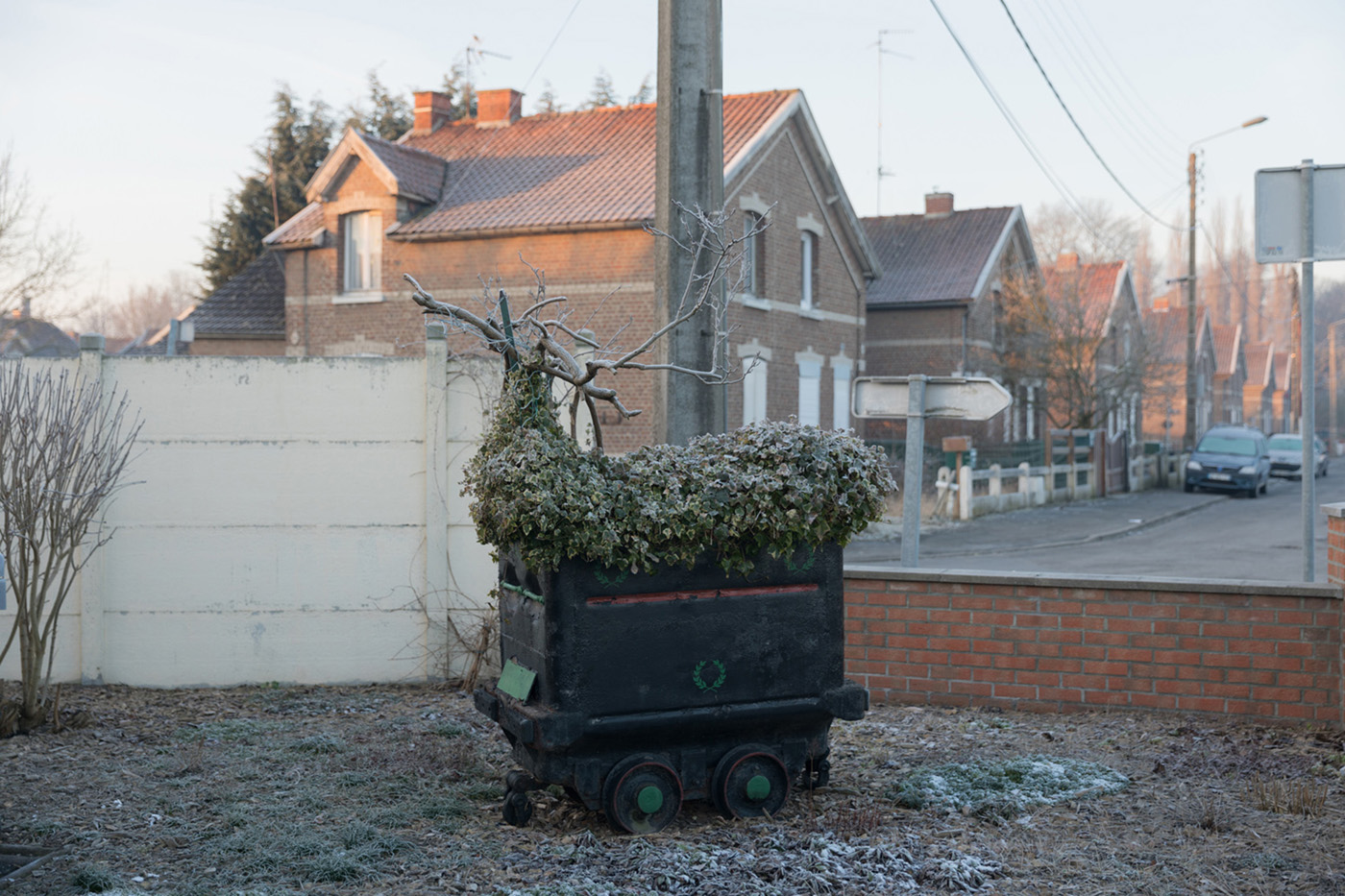






Artist's Statement
David Schalliol
In summer 2016, presidential candidate Donald Trump campaigned to reinvigorate the United States coal industry while I was in Hauts-de-France, a region so entangled with coal it contains the only UNESCO World Heritage-listed mining basin. But this 72-square-mile cultural landscape of power plants and spoil tips, company towns and coal cars is critically different from the Rust Belt of now-President Trump’s attention: French coal mining ceased in 2004, and Hauts-de-France seeks another path to resilience.
In this place of production and change, questions about the past and future have always been intertwined: “During boom times, could people find a place to live in small towns?” “How would they survive if the mines closed?” Now that France wrestles with the latter, it must address the consequences of deindustrialization. Despite the nation’s generous social welfare system, Hauts-de-France has the country’s highest poverty and unemployment rates, and while the region rejected coal, substitute proposals starkly differ. Some argue for the adaptive reuse of slag heaps as the centerpiece of ecotourism, whereas others agitate for labor market restrictions fueled by xenophobic nationalism.
Meditating on Hauts-de-France can inform resilience strategies for places like the United States, but I am not only interested in policy. This project unpacks these dynamics in the social and physical landscapes, among subcultures defined by life amid outmoded infrastructure and housing built for workers no longer needed. Here, the public face of masculinity is being reworked in tandem with the employment structure, and the only certainty is that coal is not the future. In this context – my family’s homeland – I ask questions including, “How do we make use of what is left behind?” “How does the past inform our current identities?,” and “How do we craft a future for all of us?”
“Hauts-de-France Mining Basin” was photographed on DSLR cameras during June 2016, January 2017, September 2017, and June 2018. Archival exhibition prints are sized corresponding to the photograph’s thematic contribution (12”x18”, 20”x30”, and 30”x50”).


